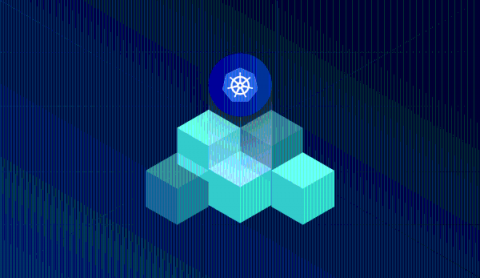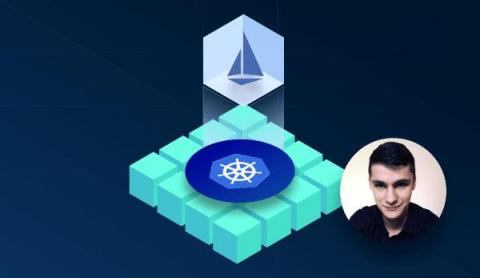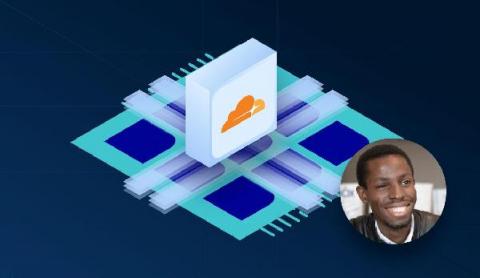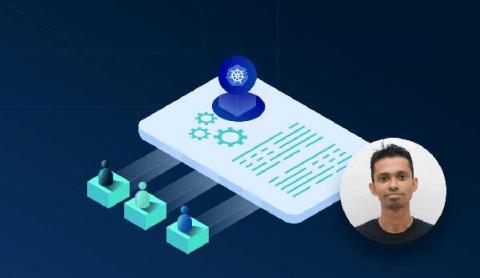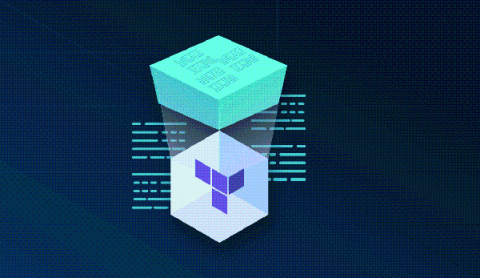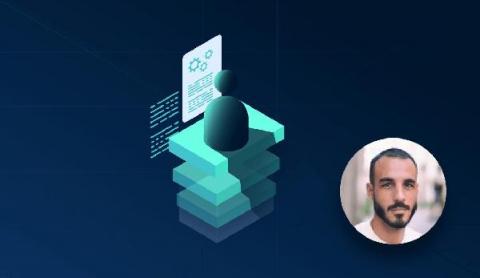Introduction to Kubernetes Storage
As Kubernetes Pods don't store data persistently, it offers different storage components to prevent this data loss. In this blog, learn how Volume works in Kubernetes, how to create it, and how to attach it to the Pod. Before exploring Kubernetes volumes, let’s first understand Docker. Docker containers are meant to be transient, which means they will only last for a short period. They are called upon when required to process data and are destroyed once finished.


